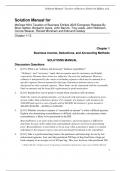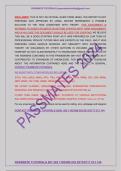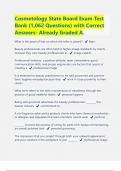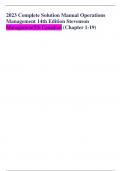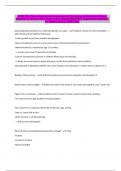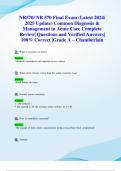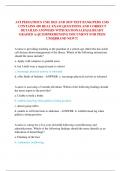Exam (elaborations)
Solution Manual for McGraw Hill's Taxation of Business Entities 2025 Evergreen Release By Brian Spilker, Benjamin Ayers, John Barrick, Troy Lewis, John Robinson, Connie Weaver, Ronald Worsham
- Course
- Institution
Solution Manual McGraw Hill's Taxation of Business Entities 2025 Evergreen Release By Brian Spilker, Benjamin Ayers, John Barrick, Troy Lewis, John Robinson, Connie Weaver, Ronald Worsham and Edmund Outslay
[Show more]
